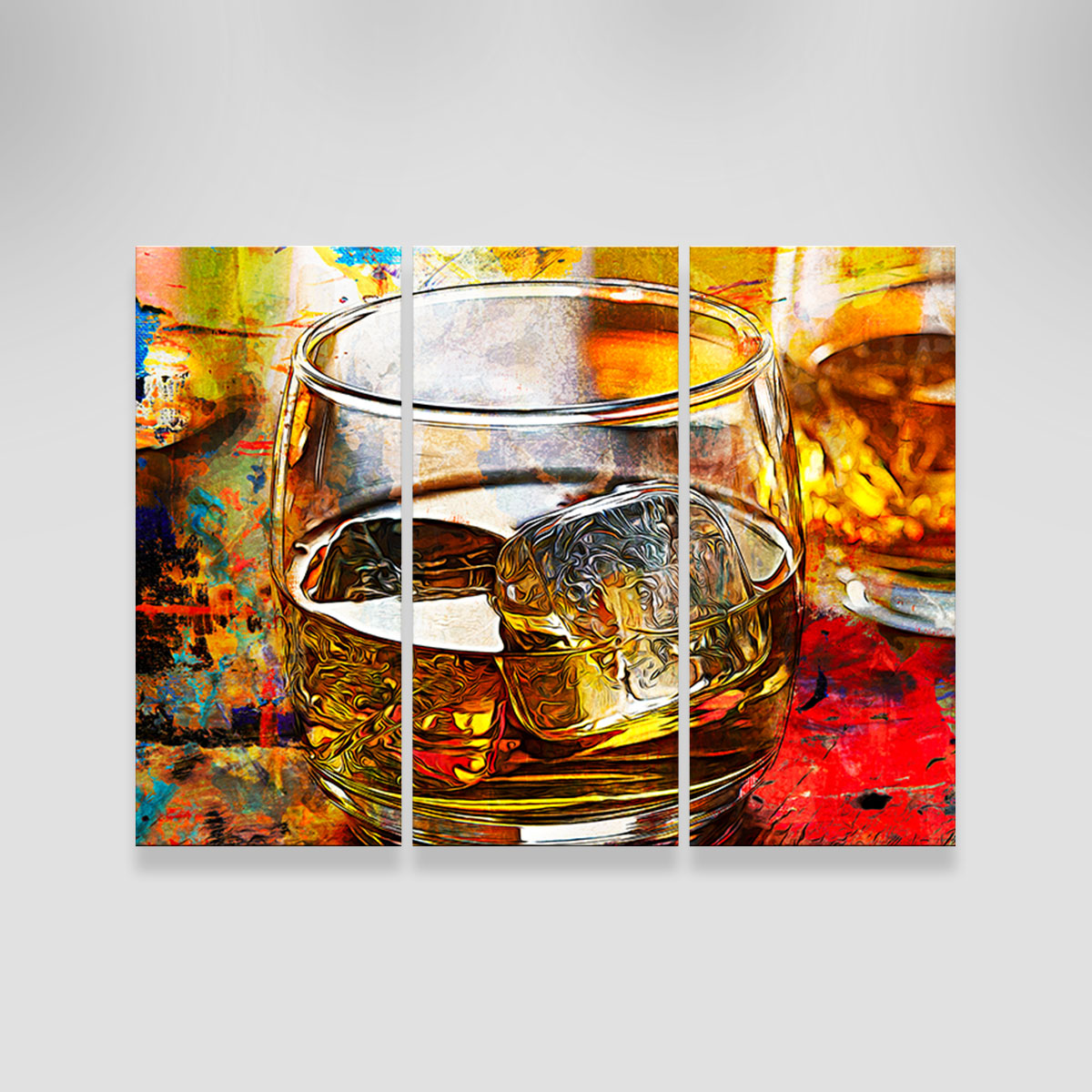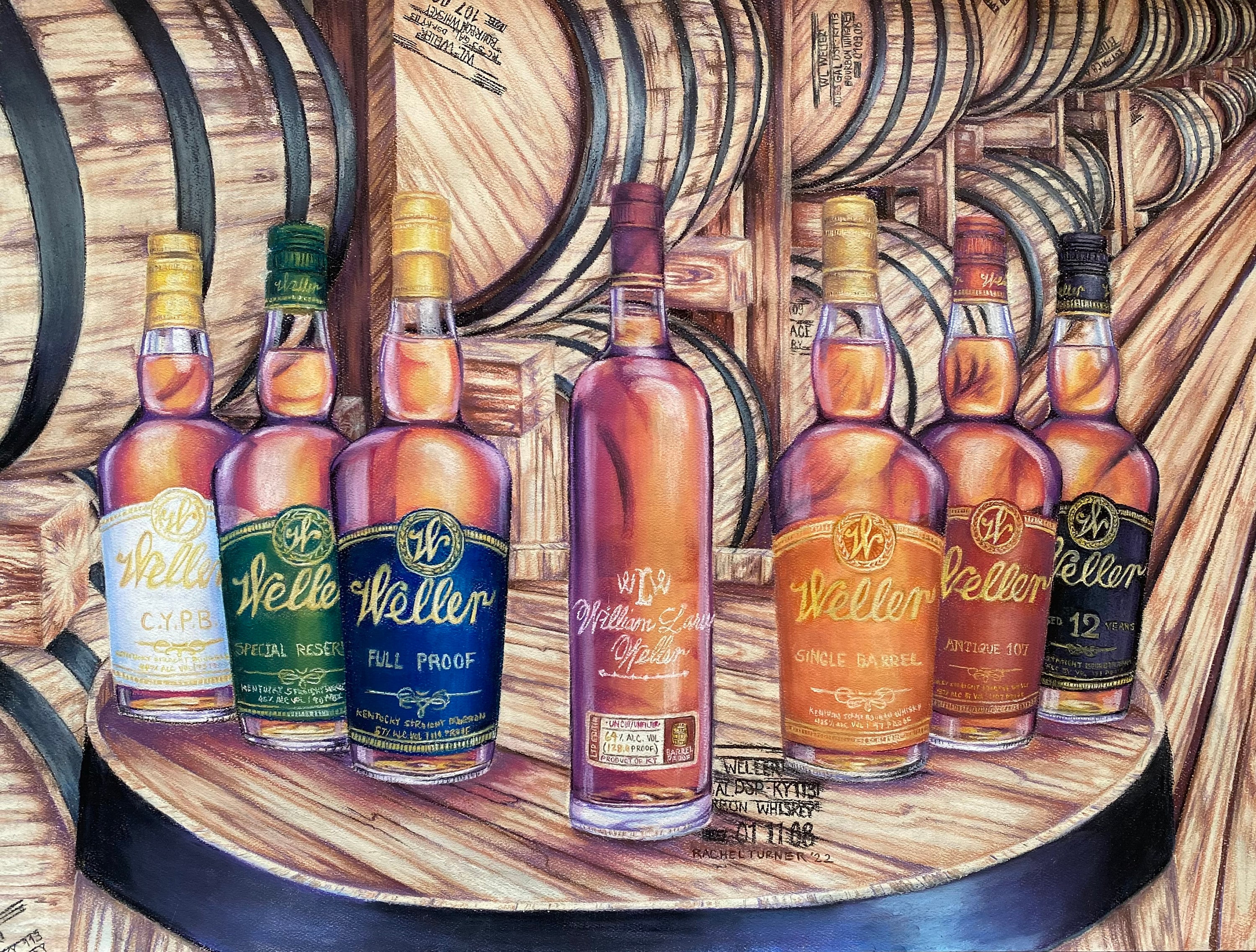Recording the Significance of Whiskey Art With Special Visual Representations and Designs
The art of whiskey extends beyond the liquid itself, showing up with a variety of aesthetic depictions that encapsulate its fabled heritage and workmanship. From the precise style of tags that convey brand name stories to evocative digital photography that captures the spirit's allure, each creative expression serves to boost the consumer's trip. As the sector accepts modern trends, the discussion surrounding these depictions ends up being increasingly abundant and complicated, meaning much deeper links between culture and creativity. What remains to be uncovered is how these progressing designs reflect not only the scotch itself but also the transforming landscape of imaginative analysis.
The Background of Whiskey Art

As bourbon production spread, so as well did the wish to elevate its experience through art. From the detailed engravings on early barrels to the intricate tags of modern-day bottles, each component reflects a distinct imaginative vision, offering as a visual narrative of the bourbon's heritage.
In the 19th and 18th centuries, the increase of the commercial change additionally enhanced whiskey art, leading to cutting-edge product packaging and advertising and marketing that caught consumer attention. Developers and artists started trying out with looks, imbuing whiskey-related imagery with symbolic significances that shared ideas of custom, area, and craftsmanship.
Today, scotch art proceeds to develop, mixing standard methods with modern art types. Bourbon Art. This recurring dialogue between the spirit and its graph emphasizes the enduring bond between whiskey and culture, enriching the overall experience for fanatics worldwide
Iconic Container Styles
While numerous aspects contribute to the attraction of whiskey, famous bottle styles play a pivotal function fit customer perception and improving the general experience. The aesthetic discussion of scotch containers is not merely a visual factor to consider; it functions as a bridge between the customer and the item, stimulating feelings and setting assumptions.
Unique shapes, materials, and closures can elevate a scotch brand's identity, making it instantly recognizable on jampacked shelves. The timeless Glenfiddich container, with its stylish conical shape, shares a feeling of tradition and workmanship, while the strong, modern-day layout of the Balvenie container shows innovation and sophistication. The use of colored glass or special structures can recommend the high quality and character of the scotch within.
Famous styles frequently incorporate aspects of cultural heritage, representing the brand name's history and connection to its roots. Brands like Jack Daniel's utilize an uncomplicated, robust layout that reverberates with its American whiskey heritage. Ultimately, the impact of bottle layout expands beyond mere functionality; it encapsulates the significance of the brand, welcoming customers to delight and check out in the rich tapestry of whiskey culture.
Tag Artwork and Branding
Container styles typically set the stage wherefore customers can anticipate, yet tag art work and branding play a just as considerable function in connecting a bourbon's identification. The label acts as the first factor of get in touch with between the consumer and the item, enveloping the significance of the scotch within its visual components.
Efficient label artwork integrates typography, imagery, and shade to create a story that reverberates with the brand's heritage and target audience. A label including vintage fonts and complex illustrations may evoke a sense of tradition and craftsmanship, appealing to connoisseurs. In contrast, vibrant shades and modern design components might draw in a younger demographic looking for development and enjoyment.


Photography and Visual Narration
Recording the essence of scotch through photography and aesthetic narration is an art form that elevates the brand name experience. This medium goes beyond simple item depiction, delving right into the complex stories that surround each bottle. By utilizing compelling imagery, digital photographers can stimulate emotions that resonate with consumers, inevitably building a deeper link to the scotch brand.
Visual narration in whiskey photography frequently utilizes rich structures, lights, and structure to highlight the distinct qualities of the spirit. The interaction of light and shadow can highlight the amber shades of whiskey, while the choice of history aspects-- such as rustic barrels or sophisticated glassware-- can reinforce the brand name's heritage or lifestyle organizations.
In addition, catching the ritualistic elements of bourbon consumption, from the putting to the tasting, invites visitors right into a sensory experience, allowing them to visualize the flavors and aromas that wait for. Each photo not only showcases the item but additionally narrates of workmanship, custom, and the minutes that bourbon can boost - Whiskey Art. Therefore, digital photography becomes a powerful device in expressing the identity of whiskey brand names, placing them within the wider cultural landscape
Emerging Trends in Whiskey Art
The advancement of bourbon art is progressively formed by contemporary patterns that mirror broader social shifts and customer preferences. One prominent fad is the assimilation of sustainability right into art techniques. Musicians are now using environmentally friendly processes and recycled products to create whiskey-themed pieces, resonating with ecologically conscious consumers. This shift not only highlights the relevance of sustainability yet also boosts the story bordering scotch production.
Additionally, digital art has actually surged in appeal, permitting innovative representations of whiskey. Artists are leveraging technology to craft immersive experiences, such as enhanced fact installments that engage audiences and offer a deeper understanding of whiskey's cultural value. This trend likewise reaches social networks platforms, where visually striking material amasses attention and fosters neighborhood among fanatics.
In addition, cooperations between bourbon brand names and musicians are ending up being much more commonplace. These collaborations produce limited-edition packaging styles and special artworks that commemorate both the workmanship of scotch and the imagination of artists. As whiskey art proceeds to advance, these arising trends will unquestionably shape its future, promoting a vibrant crossway of culture, sustainability, and modern technology within the whiskey area.
Final Thought
In verdict, the art of scotch incorporates a diverse range of graphes that show its rich heritage and craftsmanship. From iconic bottle designs and detailed label art work to compelling digital photography, each component adds to a wider story that enhances the consumer's experience. As emerging trends, such as electronic art and sustainability, remain to form this creative landscape, the diverse identity of bourbon continues to be an enduring resource of cultural link and exploration.

In conclusion, the art of scotch encompasses a diverse array of aesthetic representations that show its abundant heritage and workmanship.